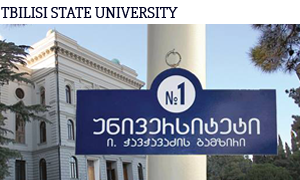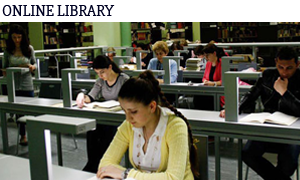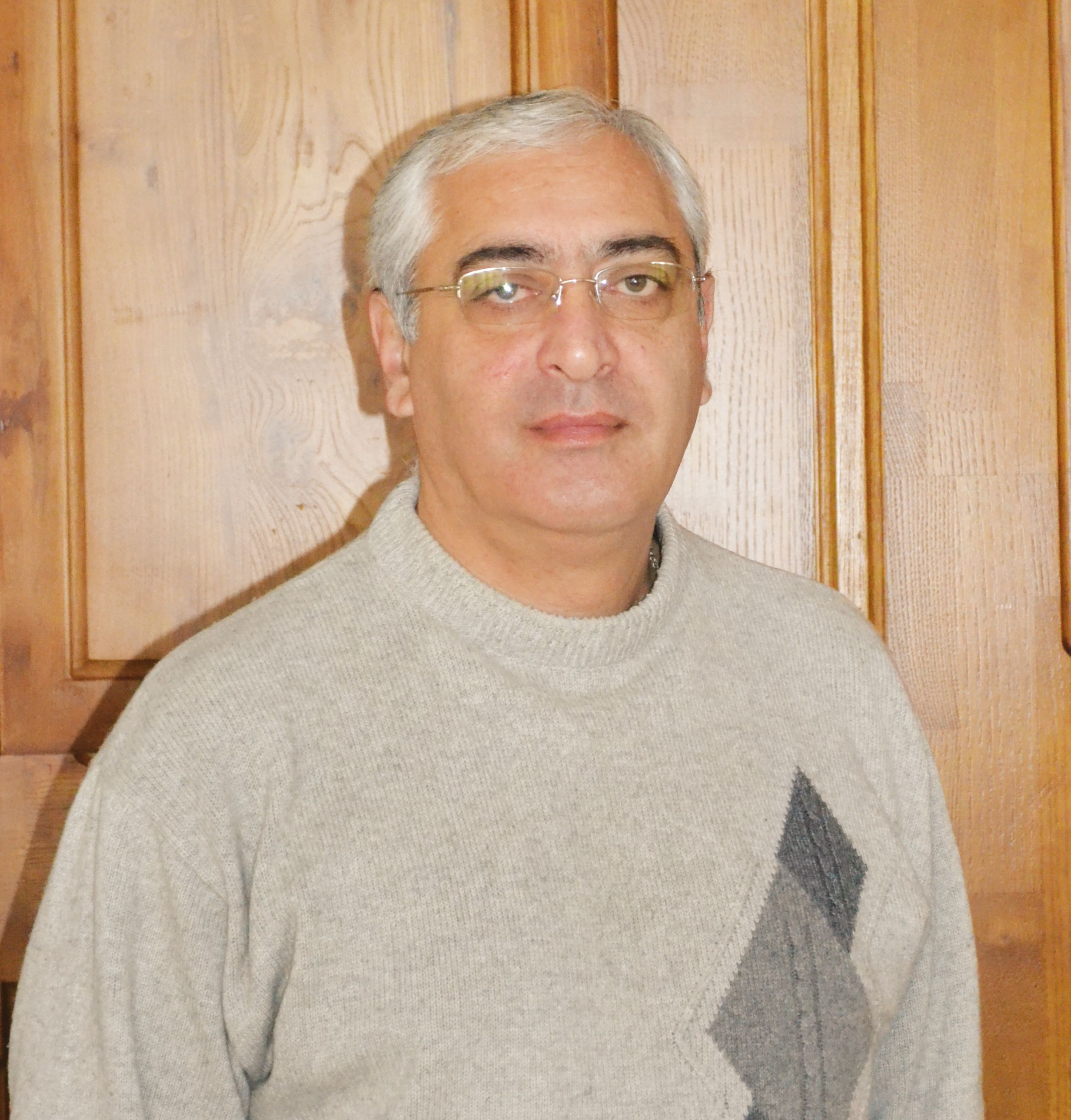
FACULTY OF MEDICINE
Hyperthermia – an Effective Method of Treating Oncological Diseases
For the last 15-20 years medical researchers have studied the application of nanoparticles that have magnetic properties. This interest can be explained by the amazing possibility of controlling nanoparticles remotely through the application of a magnetic field. Today scientists use nanoparticles to develop a method of treating oncological diseases. Local hyperthermia could now become one of the major methods of treating cancer patients.
A research project entitled “Development of Locally-Controlled (Managed) Hyperthermia through the Stable Suspension of Magnetic Nanoparticles and the Creation of a Relevant Apparatus” began in 2012 at the Aleksandre Natishvili Institute of Morphology and is continuing with support from the Shota Rustaveli National Science Foundation. Scholars from several fields in TSU are engaged in the project, led by Dr. Besik Surguladze, who is the author of a “magnetite” highly dispersive stable suspension (the composition of two or more substances in which one of the substances is distributed in the second one in the form of the tiniest particles). Magnetic nanoparticles are used successfully in medicine for diagnostics--including ‘in vitro’--for the artificial production of biological tissues as well as for targeted therapy. Each nanoparticle has a unique characteristic and is used in different ways in each field, which offers a diversity of possibilities.
Today there is a vast array of synthesized nanoparticles. Those composed of iron oxide are most commonly used due to the low toxicity of their compounds and stable magnetic characteristics, given the ability of biological tissues to act as magnetic conductor. .Through the accumulation of magnetic nanoparticles in the desired organ or tissue it is possible to control the movements of these nanoparticles changing an externally applied magnetic field. The most common use for nanoparticles in the medical sphere is to develop a treatment for oncological diseases. It has been proven that some types of tumor cells are very sensitive to high temperatures, and this fact has led to the establishment of a method for treating tumors by increasing tissue temperature. This procedure is called “locally controlled hyperthermia’’.
Research on the implementation of local hyperthermia through the stable magnetic suspension of nanoparticles has never been implemented in Georgia, while Taiwan, Japan, Germany, Sweden, USA, Great Britain and Russia have been studying this possibility. The TSU researchers have now developed a method of locally controlled hyperthermia within the controlled changeable magnetic field zone.
Today local hyperthermia is usually considered a universal modifier of radio- and chemotherapies, and can increase the effectiveness of treating oncological patients at a rate of 1.5-2.5 times. In terms of counter indications for radio- and chemotherapies, local hyperthermia is discussed as a mono-therapy. There is a possibility that local hyperthermia becomes a fourth basic method in treating oncological patients, along with surgery, radio- and chemotherapy.
The researchers studied the effects of local hyperthermia on healthy cells in the epicenter and periphery of changeable magnetic field. The project aims to define marginal cytolytic (the process of disintegrating and collapsing cell structures) and indifferent parameters of the intensity of the tissue hyperthermiaobtained. The team chose to study local hyperthermia through a ‘Unimag’ suspension, as they were unable to find any other officially registered suspension approved for clinical use in the available literature. After injecting the suspension into the tissue, the only way it can be secreted is through the lymphatic system. It is preserved in lymph nodes by macrophages (cells that absorb any antibodies in blood or tissue) where it is delivered by lymphatic capillaries. Unlike similar medications, ‘Unimag’ actively fills the lymph nodes and gives them a dark black color for a longer time (more than a week)’.
The operation of an apparatus being created within the project framework will be based on the generation of a low-frequency changeable magnetic field. Dentists and goldsmiths use such apparatuses to melt metals, however the frequency and radiation contour of the magnetic field used here is very different. The researchers have created a display model of the apparatus and a small working model that can be used for small laboratory animals such as the rat or mouse. Further research is underway to create a larger size machine for large size experimental animals. The TSU team plans to present their research results at an international conference in the near future.
The research team includes:
Besik Surguladze, PhD in Medicine, Project Supervisor, Chief of Scientific Laboratory at Innovative Bio-medical Technologies Inc. (Саnada);
Giorgi Pichkhaya, PhD in medicine, Project Co-supervisor, Tranlational Research Laboratory, A. Natishvili Institute of Morphology;
Nodar Khodeli, PhD in medicine, Associate Professor, Department of Clinical Anatomy and Operative Surgery, Faculty of Medicine (TSU) and Head,Training Center of Experimental Surgery at A. Natishvili Institute of Morphology;
Zurab Chkhaidze, PhD in Medicine, Assistant Professor, Department of Clinical Anatomy and Operative Surgery, Faculty of Medicine (TSU);
Bichiko Mazanishvili,PhD in Physics-mathematics, R. Dvali Institute of Machine Mechanics;
Mikheil Jangavadze, PhD in Medicine, Assistant Professor, Department of Clinical Anatomy and Operative Surgery, Faculty of Medicine (TSU), Head, Department of Clinical Anatomy,A. Natishvili Institute of Morphology;
Grigol Mamniashvili,PhD in Physics-mathematics, Lead Researcher, Department of Condensed Matter Physics;
Anatoli Akhalkatsi,PhD in Physics-mathematics, Associate Professor, Faculty of Exact and Natural Sciences (TSU);
Otar Piliashvili, 5th-Year Resident in General Surgery (TSU), MD.




